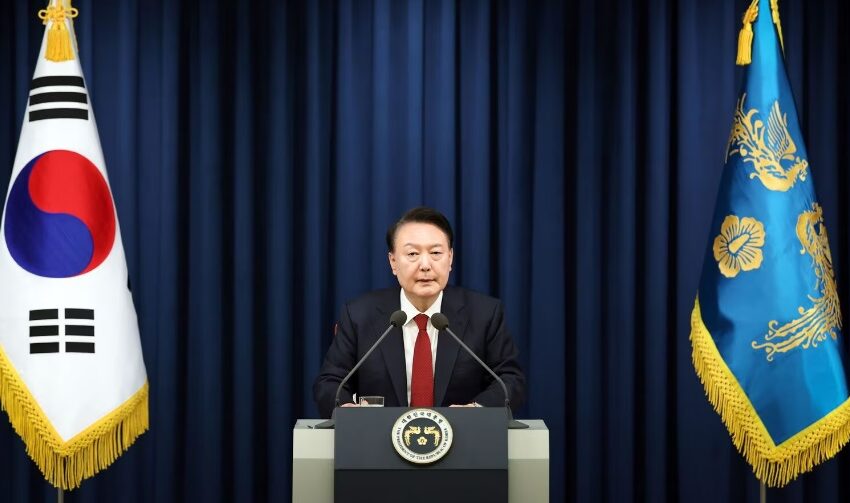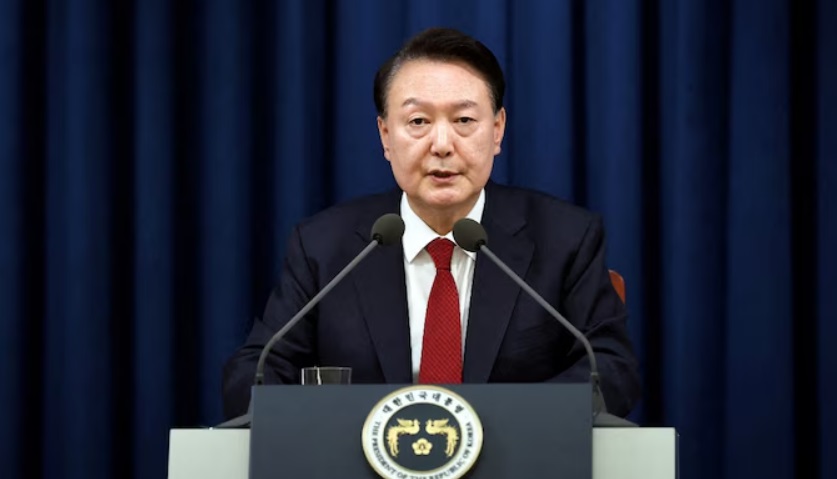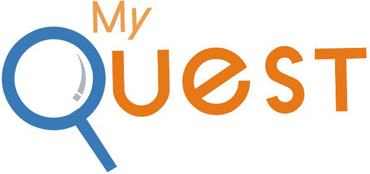
Why South Korea Is Holding Early Elections: From Martial Law to Yoon’s Impeachment
With 44.3 million people eligible to vote for a new president, here’s a simple look at the major events that led to South Korea holding early elections.
After a turbulent six months of political crisis, South Korea is all set to head to the polls on Tuesday, June 3. The early presidential vote in South Korea follows after former President Yoon Suk-Yeol’s imposition of martial law, which ultimately led to his impeachment.
The past six months in South Korea have been filled with political chaos and mass protests.
With 44.3 million eligible voters set to choose a new president on June 3, here’s a look at some of the key events with led to South Korea’s early elections.
Key events which led to South Korea’s snap elections
President Yoon declares martial law
On December 4, 2024, former President Yoon Suk-yeol shocked the nation and the globe after he imposed martial law. Citing threat from North Korea, Yoon imposed martial law to “safeguard liberal South Korea” and to “eliminate anti-state, communist forces.”
With this declaration, Yoon ordered the army to take control and seize the National Assembly, where the opposition Democratic Party convened an emergency meeting to vote against martial law.
National Assembly holds historic vote
Hours after martial law was imposed, the doors to the National Assembly were forced shut. Leaders and members of Parliament livestreamed as they climbed over walls and clashed with the military to enter and vote against martial law.
Once inside, the opposition leaders and members of Yoon’s People Power Party unanimously vote against the President’s decision and call on Yoon to immediately lift martial law. At 4 AM KST on December 4, Yoon Suk-Yeol announced that martial law has been lifted.
Mass protests take over South Korea
Hours after Yoon imposed martial law, thousands of citizens took to the streets to protest against the backsliding of democracy. These mass protests continued for months as South Koreans demanded Yoon’s impeachment.
K-pop light sticks lit up Seoul’s streets as thousands marched day and night, demanding Yoon’s removal. The protests in South Korea only reminded its leaders and the world of Korean society’s testament to democracy and its principles.

Years of military dictatorships and previous incidents of martial law further triggered the public’s anger as they continued to march until Yoon Suk-Yeol was removed from office.
Yoon Suk-Yeol arrested, impeached
On December 14, 2024, the National Assembly voted to impeach Yoon Suk-Yeol. This vote took place many PPP party members had walked out of the assembly, hence blocking the passing of the impeachment motion.
After the successful session, Prime Minister Han Duck-soo took over as acting president until the Constitutional Court of South Korea finalised the president’s impeachment.
Following the impeachment session, multiple arrest warrants were issued for Yoon Suk-Yeol. The president was arrested by authorities in the second attempt on January 15, 2025.
After months of delay, the Constitutional Court unanimously voted to uphold Yoon Seok-Yeol’s impeachment on April 4, 2025, effectively removing him from office and paving the way for fresh elections.
The key court ruled that Yoon conducted five major illegal acts and constitutional violations. These included the unilateral declaration and imposition of martial law, ordering the military and police to block lawmakers from entering the National Assembly and ordering the arrest of judges and Supreme Court justices.
Over 44.3 million South Koreans will be now casting their votes on June 3 to pick their new president. Of this, around 50.5 per cent of eligible voters are women and 49.5 per cent are men. South Koreas overseas have already cast their votes as early elections took place across 118 countries last week.


